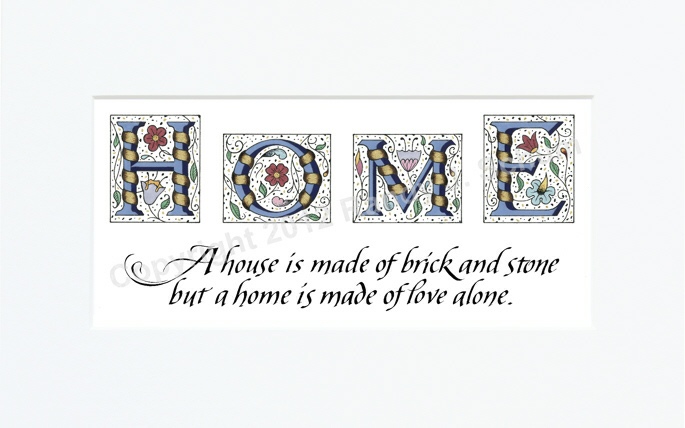
Calligraphy Guide Pdf

I often do approximate guide lines (roller ruler, T-square, (or Ames lettering guide – now that they have one with metric spacing) and then fix anything out of kilter using a scan and Krita. The assistants in Krita do all the mechanical layout work I need: lines, parallels, circles, skewing for perspective, etc. Why Learn Calligraphy. It may sound easy at first to learn to write beautiful fonts, but when learning calligraphy the trick is in the details. Dexter the game. You can only achieve truly uniform lettering through the perfect interplay of tools, posture, ink, and paper. An angled calligraphy guide is the perfect way to make sure the tilt of your letters are consistent—meaning that all of the downstrokes of your letters line up at that perfect 30º angle. Below is a video and instructions on how to make your own angled calligraphy guide. (Or, you can download and print the one I made to save yourself some time.). Calligraphy, if mastered to even a limited extent, is a good skill which teaches the beauty of improving yourself with repetition. This narrative provides a Beginners’ How-To for getting started with calligraphy. Entire youtube playlist. This is just bare-bone essentials and hacks around some of the hurdles around the millennia-old art form. 50 Hand Lettering Guides & 10 Templates for Procreate Brushes, Stamps, Printing, Photoshop, Sketching Apps, Scrapbooking and more! 5 out of 5 stars (103) $ 11.38. Bookworm adventures. Favorite Add to.